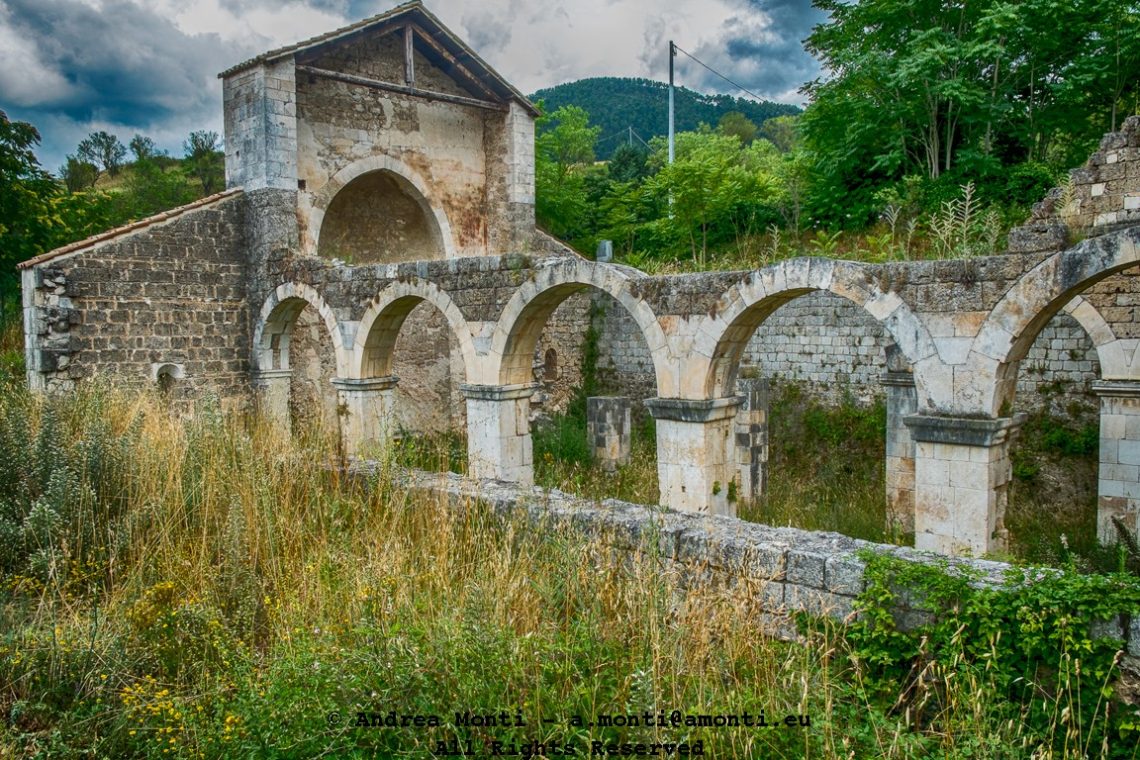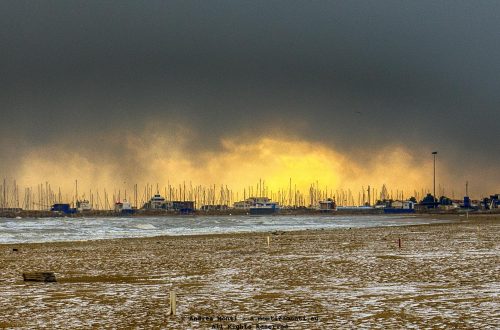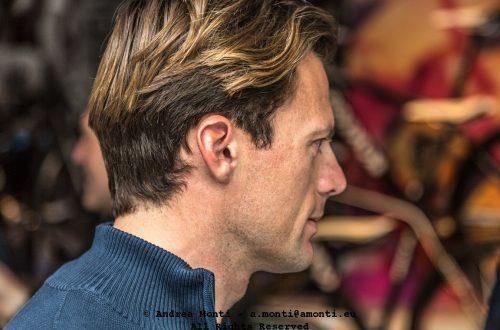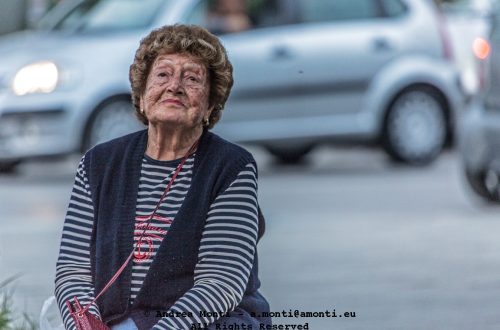
The Lost Church
There’s a peculiar stillness to places abandoned to time. This old church, half-standing and half-claimed by nature, radiates a kind of quiet defiance. The arches remain intact, elegant in their geometry, even as the roof has long given way and the nave has filled with weeds and tall grasses.
When I composed the frame, I wanted to place the arches as the structural rhythm that guides the eye. The diagonal sweep from the lower right to the upper left pulls you naturally towards the surviving façade. The wild vegetation softens the geometry, adding texture and colour — greens, yellows, and browns — that contrast with the pale limestone.
Technically, the photograph benefits from the overcast sky. Diffused light has flattened the shadows, preserving detail both in the sunlit stones and the darker recesses. The exposure is balanced — the whites of the arches are not blown out, and the clouds retain a brooding texture without collapsing into flat grey. Depth of field is deep enough to render both foreground and background sharp, which suits the documentary nature of the shot.
If I’m self-critical, there is a slight tension between the vividness of the greens and yellows in the grass and the more muted tones of the stone. A gentler saturation might allow the architecture to dominate more decisively. Likewise, the electrical pole in the background breaks the illusion of timelessness — an unavoidable intrusion unless one resorts to post-processing removal, which I chose not to do for authenticity’s sake.
Ultimately, it’s not an image of grandeur, but of endurance. A record of how human craft outlasts its purpose, standing — however weathered — against the slow, patient reclamation of the land.




